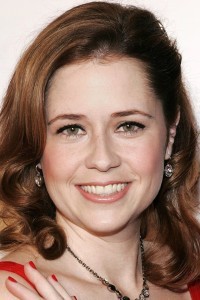In the fluorescent-lit corridors of Dunder Mifflin's Scranton branch, where the echo of mundane office life created a rhythm as predictable as the ticking of the clock, Pam Beesly emerged as a vision of quiet aspiration. She spent her days, a soul caught in the labyrinth of paperwork and phone calls, enduring a long engagement with Roy Anderson—one that strained under the weight of unfulfilled dreams. Yet, the deeper narrative reveals Pam as a connector, an observer of the human condition, harboring profound artistic ambition and tender feelings for her best friend, Jim Halpert.
As she transitioned from the shackles of her mundane role to embracing her creative identity, Pam's journey mirrored a search for her voice amidst corporate chaos. Her romance with Jim, full of playful banter, transformed into a deep, loving partnership symbolizing hope and self-discovery. The ultimate culmination of her journey came not merely in romance but through her artistic pursuits and myriad relationships, weaving a tapestry of experience that highlights resilience and growth. With every laugh and tear, Pam Beesly becomes the quintessential figure of relatable aspiration, embodying the struggle to carve out one's identity against the relentless backdrop of life’s demands.





 Amazon Video
Amazon Video Fandango At Home
Fandango At Home Apple TV
Apple TV Google Play Movies
Google Play Movies fuboTV
fuboTV